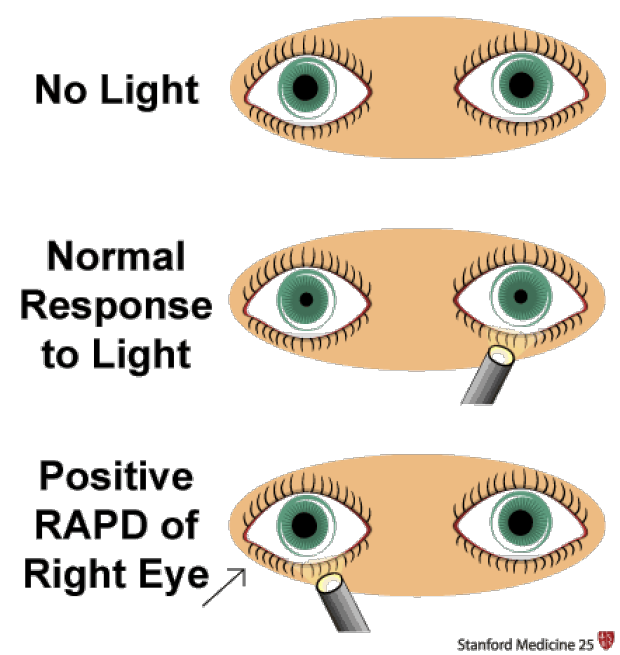The nurse is examining a client for tactile fremitus. The nurse recognizes that when examining for tactile fremitus it is important to:
Have the client breathe quickly
Palpate the chest symmetrically
Ask the client to cough
Use the bell of the stethoscope
The Correct Answer is B
A. Have the client breathe quickly:
This choice is incorrect because having the client breathe quickly is not a technique for assessing tactile fremitus. Tactile fremitus is assessed by feeling vibrations on the chest wall while the patient speaks, not during normal breathing.
B. Palpate the chest symmetrically:
This choice is correct. To assess tactile fremitus, the nurse places the palms or ulnar aspects of both hands firmly against the patient's chest while the patient speaks a phrase. The nurse should palpate the chest symmetrically to detect vibrations equally on both sides, which can help identify abnormalities in the lungs.
C. Ask the client to cough:
This choice is incorrect. Asking the client to cough is not a technique for assessing tactile fremitus. Tactile fremitus is evaluated by feeling vibrations while the patient speaks, not while coughing.
D. Use the bell of the stethoscope:
This choice is incorrect. Tactile fremitus is assessed by palpation, not auscultation with a stethoscope. Using the bell of the stethoscope is a technique for listening to low-pitched sounds, not for assessing tactile fremitus.
Nursing Test Bank
Naxlex Comprehensive Predictor Exams
Related Questions
Correct Answer is D
Explanation
A. The eyes converge to focus on the light.
This statement refers to the convergence reflex, where both eyes move medially (towards each other) to maintain single binocular vision when focusing on a near object. It is not related to the pupillary light reflex, which involves changes in pupil size in response to light.
B. The eye focuses the image in the center of the pupil.
This choice does not accurately describe the pupillary light reflex. The pupillary light reflex involves constriction of the pupil in response to light, not focusing an image in the center of the pupil.
C. Dilation of both pupils occurs in response to bright light.
This statement is incorrect. In response to bright light, the pupils should constrict, not dilate. Dilation of pupils in bright light could indicate an abnormal response, such as in cases of certain neurological conditions or drug use.
D. Constriction of both pupils occurs in response to bright light.
This choice is correct. In the pupillary light reflex, both pupils constrict when exposed to bright light. This response is a protective mechanism to prevent excessive light from entering the eyes, ensuring optimal visual acuity.

Correct Answer is D
Explanation
A. Listening for all possible sounds at a time at each specified area: This approach does not allow for specific localization of different heart sounds and murmurs, making it difficult to accurately assess the heart's condition.
B. Listening to the sounds at the aortic, tricuspid, pulmonic, and mitral areas: This option is close but lacks the systematic approach of method D. Listening at specific anatomical locations (aortic, tricuspid, pulmonic, mitral) is important, but the Z pattern allows for thorough coverage and precise localization of any abnormal sounds.
C. Listening to the sounds only at the site where the apical pulse is felt to be the strongest: This method does not cover all the important auscultation sites on the heart and may miss significant findings.
D. Listening by inching the stethoscope in a rough Z pattern, from the base of the heart across and down, then over to the apex: This technique involves a systematic approach where the nurse listens at specific locations in a structured manner, ensuring comprehensive coverage of the heart sounds and murmurs.
Whether you are a student looking to ace your exams or a practicing nurse seeking to enhance your expertise , our nursing education contents will empower you with the confidence and competence to make a difference in the lives of patients and become a respected leader in the healthcare field.
Visit Naxlex, invest in your future and unlock endless possibilities with our unparalleled nursing education contents today
Report Wrong Answer on the Current Question
Do you disagree with the answer? If yes, what is your expected answer? Explain.
Kindly be descriptive with the issue you are facing.
